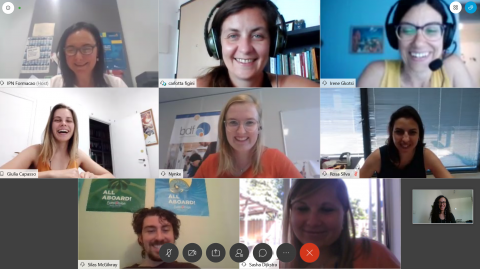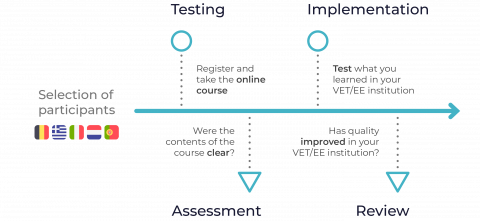5.2 - Make your results publicly available
Abstract
The procedure of the review has taken place and the results are available. You, as QM, provide
information on the above results and make them publicly available especially for the stakeholders,
who were included in the previous phases. In order for the VET organisation to be aligned with quality
standards, it has to share and use the data collected among relevant stakeholders and at the same
time provide evidence to policy makers that the review has taken place.



